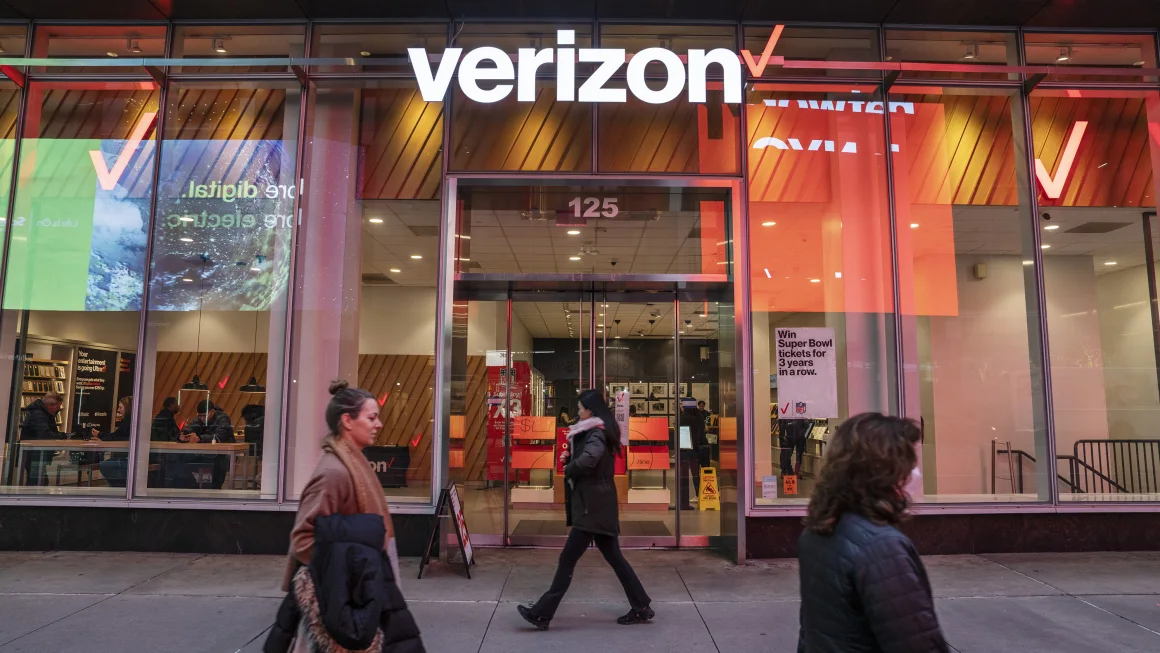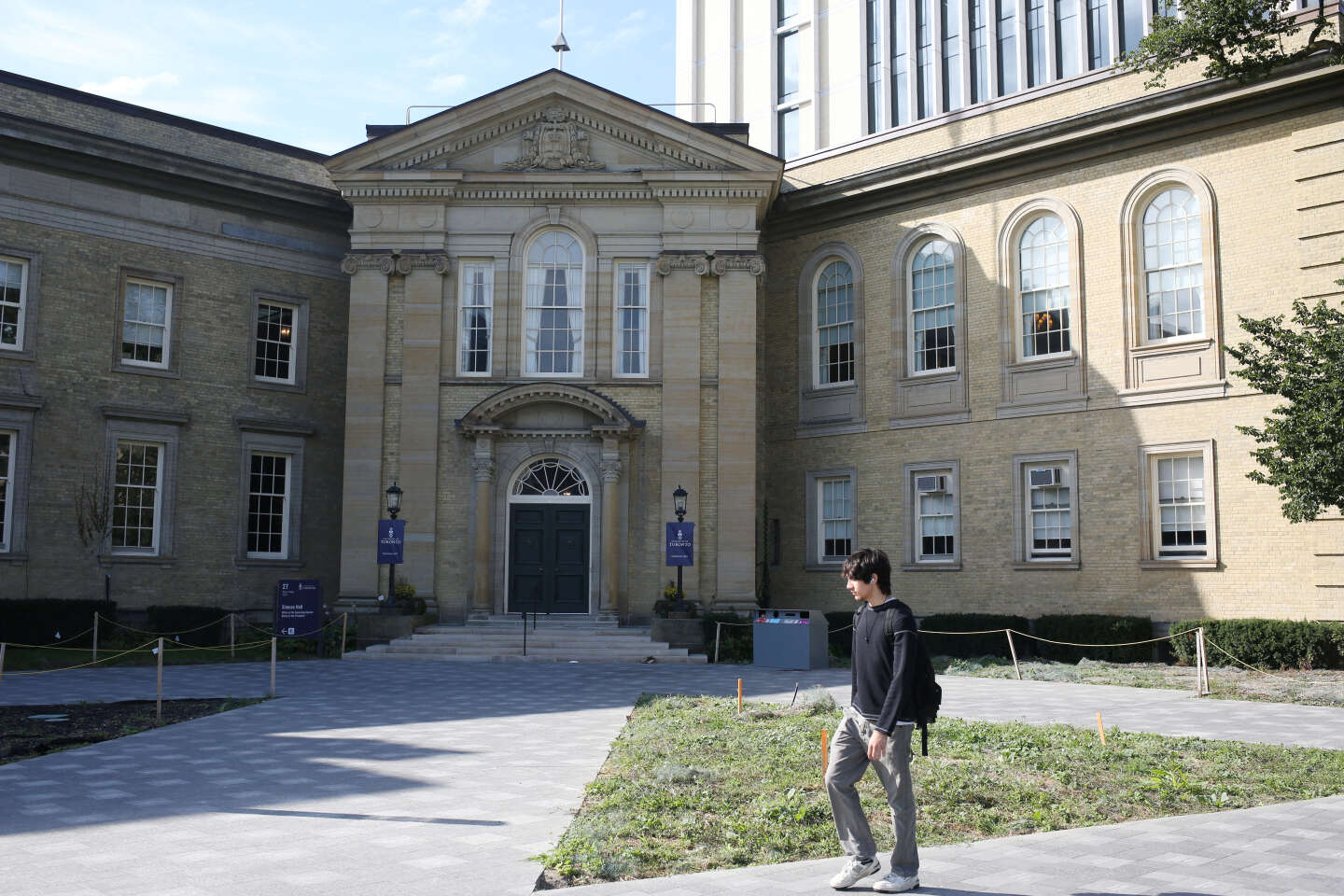This detail on the bank card can cause an explosion for all customers without knowing the cost of groceries


The disappearance of the famous logo present on most bank cards leads to a sharp increase in prices. SNCF, Auchan, Système U… Big brands fear this event.
A trivial gesture that nevertheless costs a lot of money. Dialing your secret code, making contactless payments, or even entering your card number to make online purchases have become habits in the French’s daily life. Fast and practical, payment by bank card has become widely democratized in recent years.
However, this practice hides a little-known effect on the cost of the products we buy on a daily basis. Shopping, buying gas, paying for a restaurant… Paying using a bank card increases the cost of products. The flaw is a logo, very familiar to the French: the acronym CB (Carte Bancaire) that appears on many cards.
Indeed, during each bank card transaction, the merchants collecting the payment must pay a fee. In particular, they pay interchange fees and network fees. Clearly, when the terminal indicates “payment accepted”, it is because the companies operating the banking network have checked the customer’s solvency and validated the transaction.
However, these fees vary depending on the banking network. Thus, the costs for merchants are not the same depending on whether the payment is made through the French CB network or through an international network such as Visa or MasterCard. According to Système U’s CEO Dominik Scheltcher, “other networks cost the merchant 10 times more than the CB network”.
The boss of the supermarket brand notes that “sensibly, some banks no longer put the CB logo on their bank cards”. “The result: commissions paid by traders are much higher, which will have an impact on prices,” says Dominik Scheltcher. Same story with Auchan, Cdiscount and SNCF Voyageurs, who wrote in a joint document with Système U that the share of payments passing through the CB network has dropped from 97% to 85% in just 3 years.
This change is particularly explained by the democratization of online and mobile payments, which favors the Visa and MasterCard networks. The advent of neo banks that are not linked to the CB network has also played a role. Some traditional banks like BPCE have also started issuing Visa-branded cards without the CB logo.
Faced with this development, brands will have no choice but to raise their prices. Indeed, to bear the higher banking fees, they will pass this increase on to the consumer at the end of the chain. Thus, this sensible change in bank cards will put a huge strain on the purchasing power of households in the coming months. Bad news because inflation is expected to continue throughout 2024.





